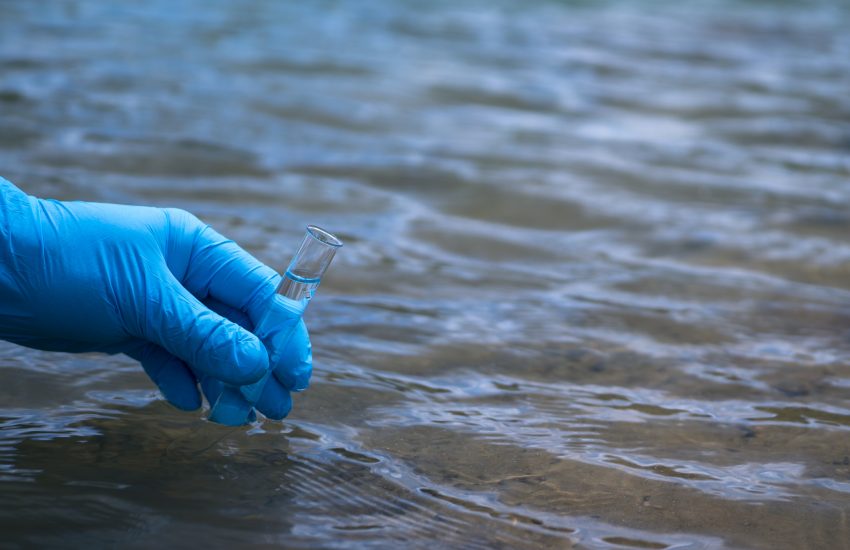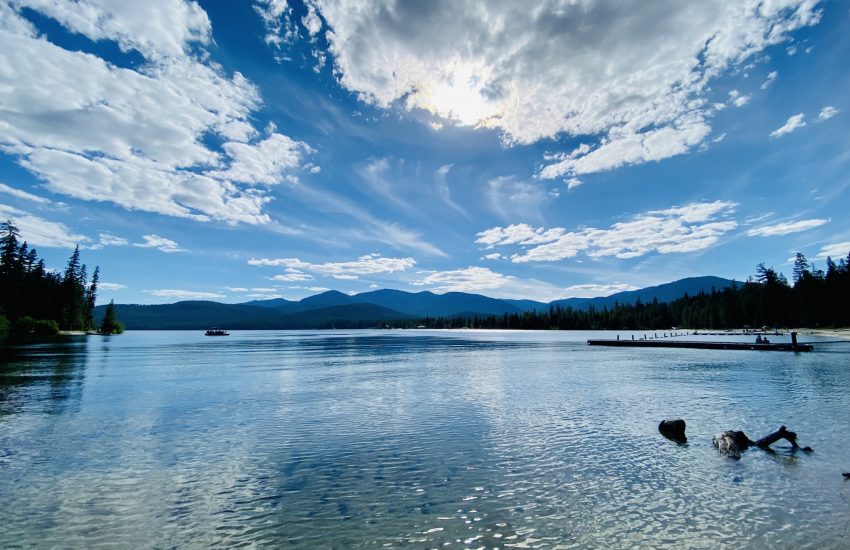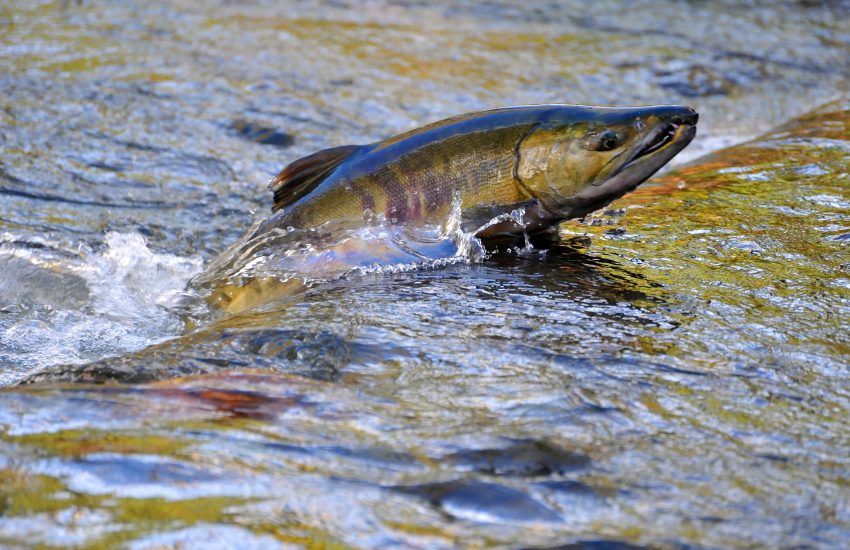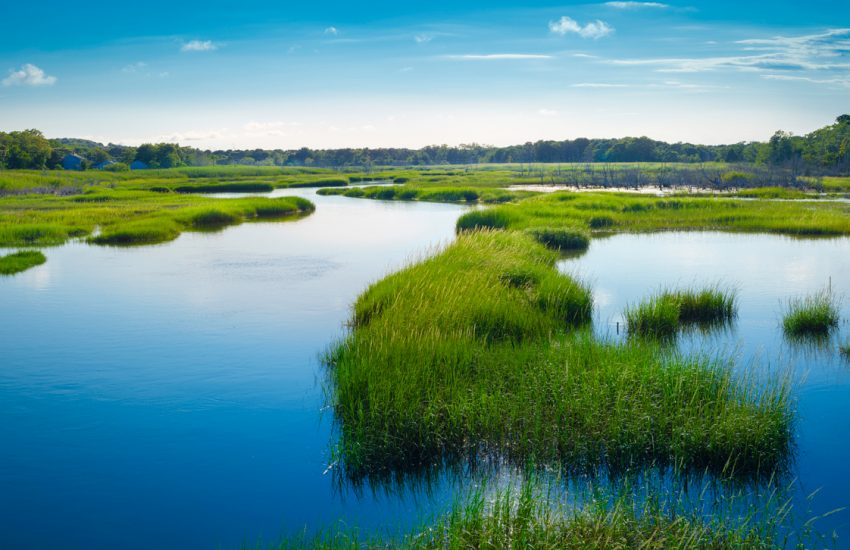During the first week of oral arguments of its new term, the U.S. Supreme Court heard City & County of San Francisco v. Environmental Protection Agency. (Audio of the roughly 90-minute proceedings can be found here.)
This case marks the court’s first look at the Clean Water Act following its decimation last term of the Chevron deference doctrine in Loper Bright Enterprises v. Raimondo (covered by ELM here), in which the court reversed long-standing precedent to hold that federal courts must exercise …
Continue Reading









